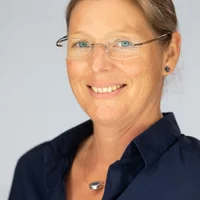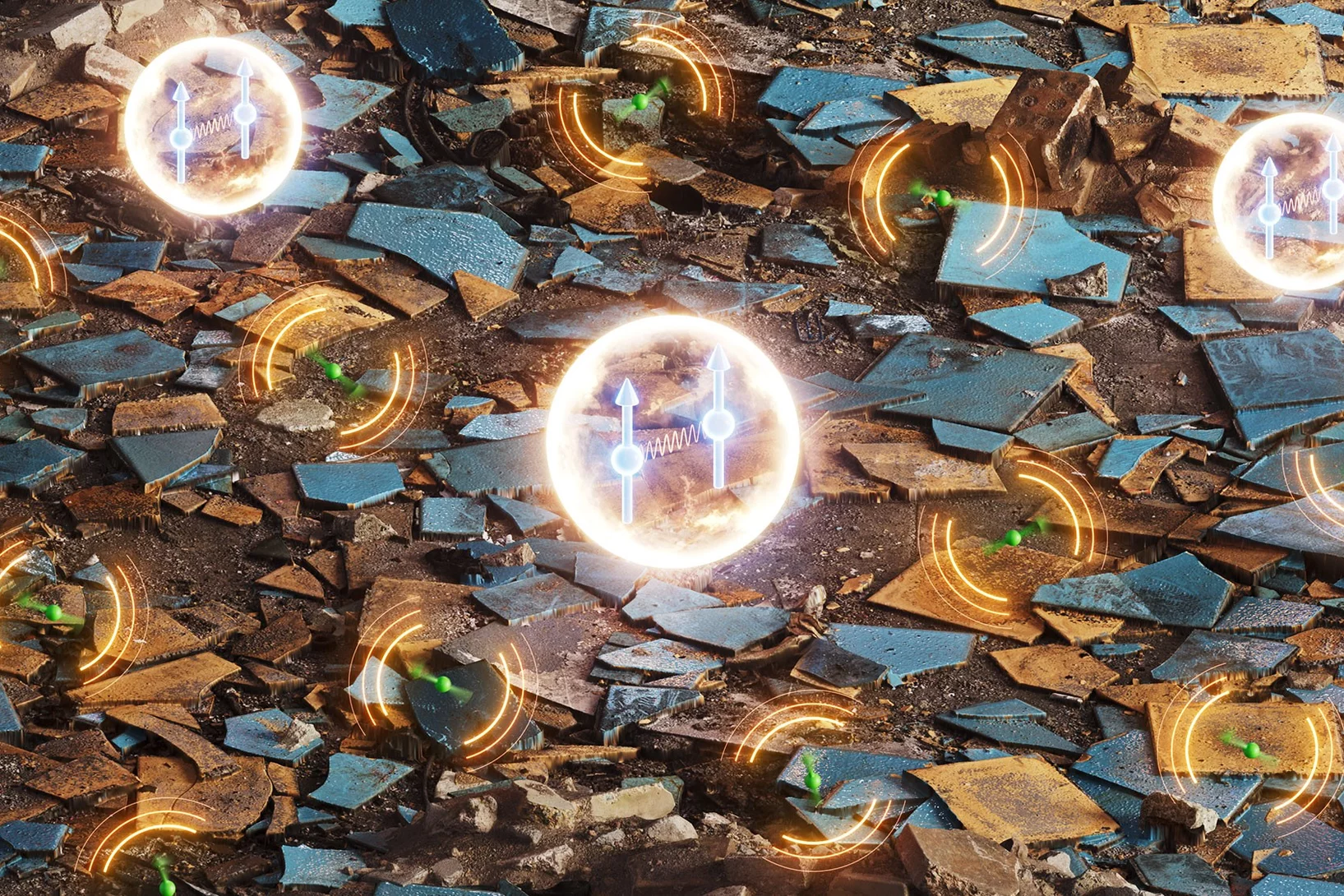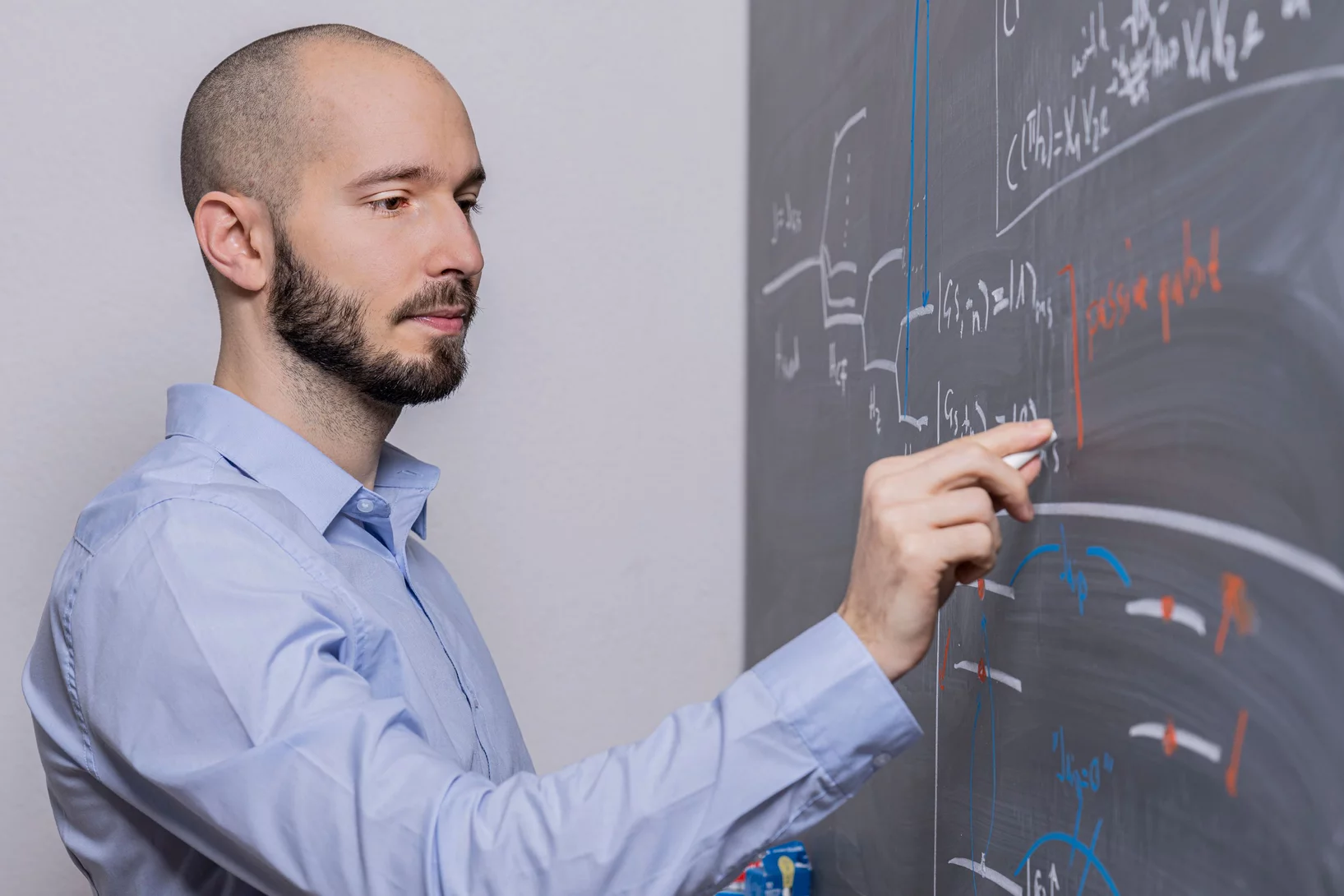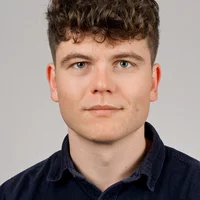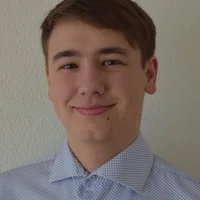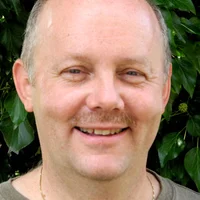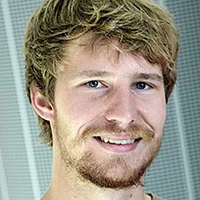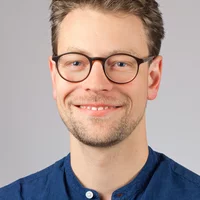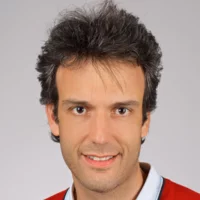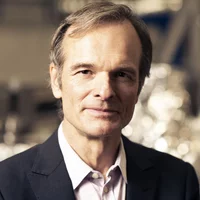Quantum computers utilize the superposition principle of quantum objects: the property of being in a combination of different states simultaneously. They promise groundbreaking capabilities due to their inherent exponential scaling and are attracting attention across many fields of physics and beyond. Several routes are pursued to realize a universal quantum computer, amongst others employing trapped ions, superconducting circuits and dopants in semiconductors.
The potential of rare-earth doped crystals for quantum technologies has been recognized early on. A focus of our QPS group is on rare-earth fluorides as a platform for quantum computer. For example, LiY1-xHoxF4 and LiY1-xTbxF4 exhibit a plethora of quantum phenomena ranging from quantum annealing to long lived coherent oscillations.
Our current scheme for universal quantum computer is based on Kramers rare-earth ions doped in crystals. Specifically, we are exploring erbium in LiYF4 and other host materials as candidates for solid-state qubits, due to optical transitions in the telecom band. The various energies and symmetries of different crystal field states, alongside with optical access offer a promising platform for a solid-state quantum computer. We use our unique combination of high-resolution optical spectroscopy and a high-brilliance infrared source (the Swiss Light Source synchrotron) to gain an understanding of the nature of the individual states. Ultimately, we aim to control the electronic and nuclear degrees of freedom of these states coherently, meaning we will be able to manipulate the states of individual rare-earth atoms in the solid, to produce faster and less error-prone quantum logic gates.
Recent publications
Emergence of highly coherent two-level systems in a noisy and dense quantum network
A. Beckert, M. Grimm, N. Wili, R. Tschaggelar, G. Jeschke, G. Matmon, S. Gerber, M. Müller, G. Aeppli
Nat. Phys. 20, 472 (2024).
Precise determination of the low-energy electronuclear Hamiltonian of LiY1−xHoxF4
A. Beckert, M. Grimm, R. I. Hermans, J. R. Freeman, E. H. Linfield, A. G. Davies, M. Müller, H. Sigg, S. Gerber, G. Matmon, G. Aeppli
Phys. Rev. B 106, 115119 (2022)
Universal quantum computing using electronuclear wavefunctions of rare-earth ions
M. Grimm, A. Beckert, G. Aeppli, M. Müller
PRX Quantum 2, 010312 (2021)
Recent highlights
Project members
Tenure-track scientist
Senior scientist
Condensed Matter Theory Group >>
Building/Room: WHGA/136
Head of PSI Center for Photon Science

